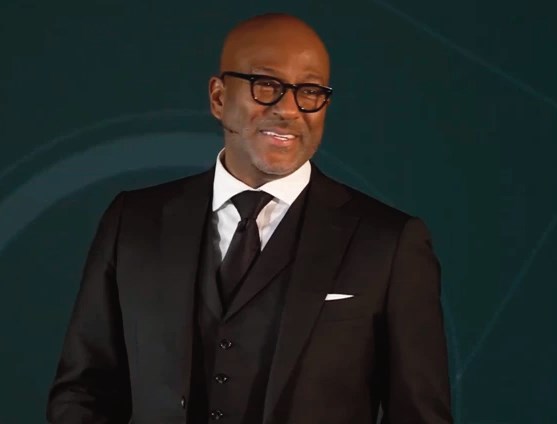 LAS VEGAS — Thin, light laptops — known as “ultrabooks” — were a much-hyped category at this year's International Consumer Electronics Show, the annual showcase for the latest smartphones, tablet computers and other consumer-electronic devices.
LAS VEGAS — Thin, light laptops — known as “ultrabooks” — were a much-hyped category at this year's International Consumer Electronics Show, the annual showcase for the latest smartphones, tablet computers and other consumer-electronic devices.
Deep-pocketed chipmaker Intel Corp. created the “ultrabook” term to push PC makers to make laptops that are more like Apple's Macbook Air, and help them market them. Practically every PC maker showed off at least one ultrabook at CES, which concluded Friday. The Hewlett-Packard Co. model, dubbed the HP Envy 14 Spectre, has a few features that set it apart.
WHY IT'S HOT: HP's Envy includes a sensor for Near-Field Communications, the radio standard used by security cards and so-called “smart tags,” which are small chips with flat, stamp-sized radio antennas. That means that it can read information from NFC tags and upcoming smartphone models when they're bumped against the laptop. For instance, a promotional flyer might include a tag with a special Web address that appears on-screen when touched to the laptop.
THE UPSIDE: There's a movement to make NFC the basis for tomorrow's payment cards, and to build NFC into smartphones. That means someone with an NFC-enabled laptop could, in the future, pay securely for an online purchase by tapping a payment card to the computer. Intel Corp. demonstrated this procedure at a press conference at the show, with a prototype laptop.
THE DOWNSIDE: The Envy's NFC capability may never progress beyond the ability to grab Web addresses from phones and promotional materials. The business relationships and networks needed to make NFC-enabled payments ubiquitous have been slow to emerge, as many different players are jockeying for position.
WHAT ELSE MAKES IT HOT: The Envy 14 comes with super-fast “solid state” hard drives. It includes a chip that can communicate wirelessly with some stereo headphones, with an audio quality much better than Bluetooth. The Envy is also covered in scratch-resistant glass.
Stunning television technology on way
Samsung Electronics Co. and LG Electronics Inc. showed off 55-inch (139-centimeter) TV sets that use organic light-emitting diodes, or OLEDs, instead of plasma or liquid crystals.
WHY IT'S HOT: It's the first new screen technology for TVs in years. OLED screens can be extremely thin. LG's set is just 4 millimeters thick. That's one-sixth of an inch. The picture quality is stunning too, because OLED TVs can present highly saturated colors and a nearly perfect black.
THE UPSHOT: The screen technology is in use in high-end smartphones, but it has been very difficult to make larger screens with consistent results.
THE DOWNSIDE: Samsung and LG haven't announced a price, but expect the sets to cost more than $5,000 each. It'll take at least a few years for prices to come down enough for most people.
AVAILABILITY: This year.
Photo: COURTESY OF pcworld.com
HP Envy 14 Spectre












No Comment